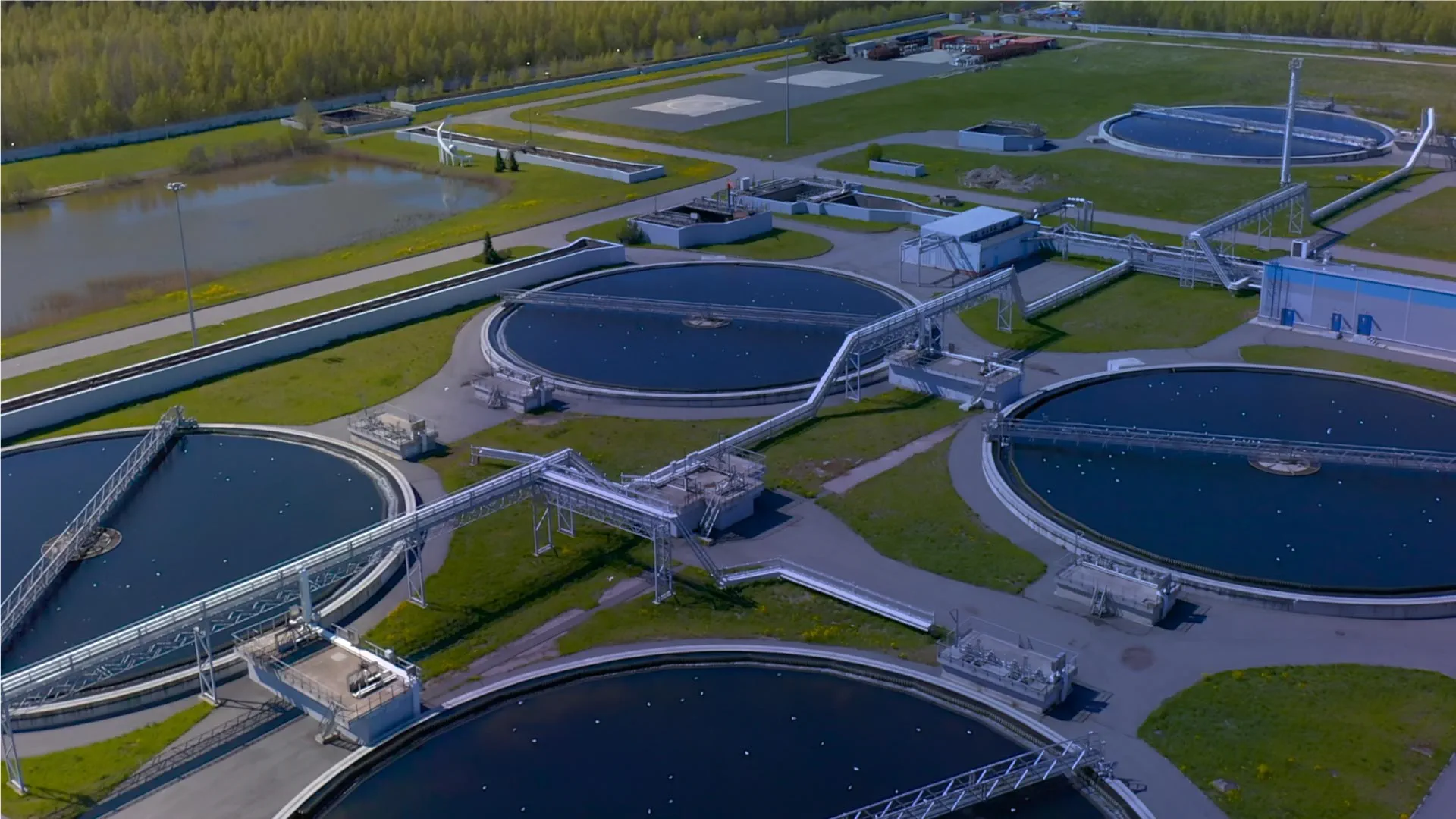"Like any corporate goals, you should treat ESG targets as tangible outcomes, and that means measuring them with objective, verifiable data."
As it stands, 127 governments — responsible for more than 60% of global emissions — are considering or already implementing commitments to net zero, according to the Climate Action Tracker. Asset-intensive organizations have a huge role to play in achieving that goal and are creating their own strategies and initiatives to hit net-zero targets.
Water utility, Severn Trent, was one of the first in the UK to sign up to an international Race to Zero campaign, pledging to deliver a net-zero water supply by 2030. Likewise, in the US, National Grid USA outlined its Net Zero by 2050 Plan, with targets including emissions from the sale of electricity and gas to customers. Furthermore, some of the largest municipal electricity providers like Toronto Hydro have been accredited as a Sustainability Electricity Company by CEA.
The pandemic has only served to highlight the need for sustainability and corporate social responsibility to be included in business plans. Organizations need comprehensive ESG strategies that reflect their responsibilities. And building sustainability into your strategy has benefits beyond the environmental: it can improve operations, long-term financial health, and customer experience.
Without the right approach and information, however, it can seem a daunting disruption. How can you manageably set and achieve ESG targets for your organization and assets, and what value can they add?
What role does asset management play in hitting ESG targets?
Infrastructure organizations are relied upon to provide clean water, sanitation, and energy to communities around the world. More than ever, customers are sensitive to sustainability and its related issues: creating positive societal change, improving quality of life, and maintaining the local climate. Additionally, both your board and investors are looking to see sustainable credentials baked into every layer of your operations.
As well as being the right thing to do, sustainability-focused asset management makes sound economic sense. Larry Fink, in his 2021 letter to CEOs, reported that companies with better ESG profiles are outperforming their peers. Much of this will be an economic reward — from reusing resources to maintaining healthy assets and extending their lifespans, you make significant cost savings in the order of 20%.
Perhaps unsurprisingly then, investors are choosing sustainable companies. Meaning sustainable companies can attract lower borrowing rates. From January to November 2020, investors in mutual funds and Exchange Traded Funds (ETFs) invested $288 billion globally in sustainable assets — a 96% increase over the whole of 2019.
Investments are transitioning alongside the grid. With the IEA predicting renewable energy generation could soon account for a third of global output, this brings substantial business opportunities and threats to consider, as well as the need to avoid signaling outdated practice and environmental irresponsibility.
A huge, hot button topic. But ESG isn't just about the capital projects and interventions you plan to deliver long-term. It’s also about how you proactively plan operational interventions to minimize environmental consequences and optimize logistics and resources.
That means predictive, proactive maintenance and asset lifecycle management to minimize service issues. In the water sector, for example, aging and degraded assets cause 240,000 water pipe breaks annually in the US. Such a high volume of failure means a high volume of reaction. It means drastic, unplanned emergency response, and all the associated high carbon, travel, and costs that come with that.
So. Sustainability is a business imperative. But how do you use sustainability and carbon reduction as accelerators of business transformation and improvement?
How to meet ESG targets
Like any corporate goals, you should treat ESG targets as tangible outcomes, and that means measuring them with objective, verifiable data. To operationalize your board’s objectives, you need a rigorous and consistent system of data capture to track progress and issues.
This way, everyone in your organization will always know how far you’ve come, how much further you need to go, and how soon you’ll get there — crucial for fast, consistent stakeholder communication, and aligned decision-making.
Your operational team is already compiling these datasets. However, integrating them and building them into one shared system is key. Being able to analyze the full breadth of your portfolio data helps identify opportunities for long-term lifecycle optimizations and greater sustainability.
It’s also the first step to setting in motion a virtuous circle of communication. Operational data in, insights gleaned, reported up; strategy reassessed, communicated back down, operations realigned. Fast, reliable decision-making can only be achieved when everyone’s working from the same data.
At Gen, we’ve developed digital apps typically able to realize 20% cost reduction against baseline plans, and 40% improvement in alignment of plans to key business performance measures. From confidently realigning your investment priorities with UVO, to predicting risk levels across your water assets with WAGO — the targeted AppliedInsight suite enables you to recalibrate plans quickly and make optimizations, without being overwhelmed.
Your operational team is already compiling these datasets. However, integrating them and building them into one shared system is key. Being able to analyze the full breadth of your portfolio data helps identify opportunities for long-term lifecycle optimizations and greater sustainability.
These sector-specific tools are designed for rapid assessment of legacy and future plans, so you can convert high ESG aspirations into readily accessible outcomes. Find out more about the actions you can take to manage sustainability and achieve ESG targets in our long read: ‘Making change predictable’.
Did you find this information useful?
Did you find this information useful?
Thank you for your feedback!

 Back
Back










